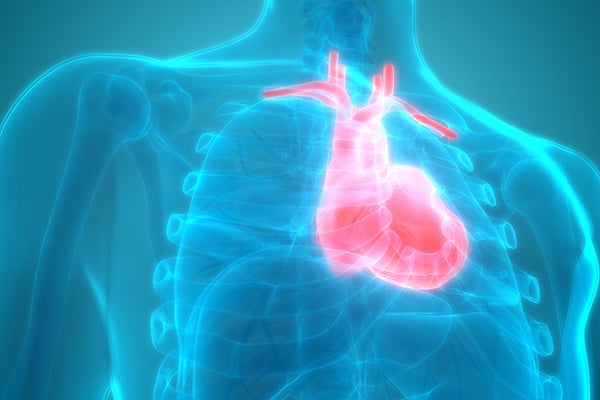Show Notes - How to Manage Pressors and Vents in the ED Like A Boss (part 2)

Flashback Friday: How to Manage Pressors and Vents in the ED Like A Boss (Part 2)
Originally published: January 15, 2019
In part 2 of her interview with Dr. Haney Mallemat, Dr. Jessie Werner finds out how to manage the ventilator in the ED and reviews some real-life cases with @CriticalCareNow!
Host
Jessie Werner, MD
University of California San Francisco – Fresno
Fellow - Emergency Medicine Education
@JessWernerMD
EMRA*Cast Episodes
Guest
Haney Mallemat, MD
Associate Professor of Emergency Medicine at Cooper Medical School
Triple boarded in EM, IM, CritCare Medicine.
Internationally recognized educator in CC Medicine.
Hospital Affiliation: Cooper Medical School
@CriticalCareNow
EMResident Articles
Overview
Emergency physicians are tasked with taking care of the sickest of the sick, often before we even have a diagnosis to clarify the clinical picture. Stabilizing critically ill patients may require placing a definitive airway and providing hemodynamic support with pressors. When faced with these challenging situations, what do you do? So you decide to intubate. Now what? What are the different ventilator modes and how do we choose? What does it mean when the vent is alarming? Find out how to select vent settings and troubleshoot problems in Part 2 on becoming a critical care beast in the ED.
Key Points
- There's no difference between pressure and volume control
- If you're giving a certain pressure, you monitor the volume, and vice-versa
- Remember 6-8 cc/kg of volume (using ideal body weight) for lung protective strategy
- Peak pressure is the sum of resistance and compliance
- Plateau pressure measures compliance
- High peak pressure indicates a resistance problem
- High peak AND plateau pressure indicate the lungs are stiff
- To diagnose a ventilator problem think DOPES:
- D: displaced tube or cuff problem
- O: obstructed tube
- P: pneumothorax
- E: equipment problem
- S: breath stacking
- To fix a ventilator problem think DOTTS:
- D: disconnect from the ventilator and allow for full exhalation
- O: oxygenation - are they bagging okay?
- T: tube in the right place
- T: tweak the vent to prevent breath stacking
- S: ultraSound
References / Resources
-
Weingart SD. Managing initial mechanical ventilation in the emergency department. Ann Emerg Med. 2016;68(5):614-617.
Related Content

Jan 17, 2024
Optimism vs. Realism — Let’s Call it a Tie
As the voice of emergency medicine physicians-in-training and the future of our specialty, EMRA continues to believe that the future of EM is bright while remaining committed to facing reality and addressing our headwinds. I invite you all to join us in this Stockdale Paradox-esque approach.






